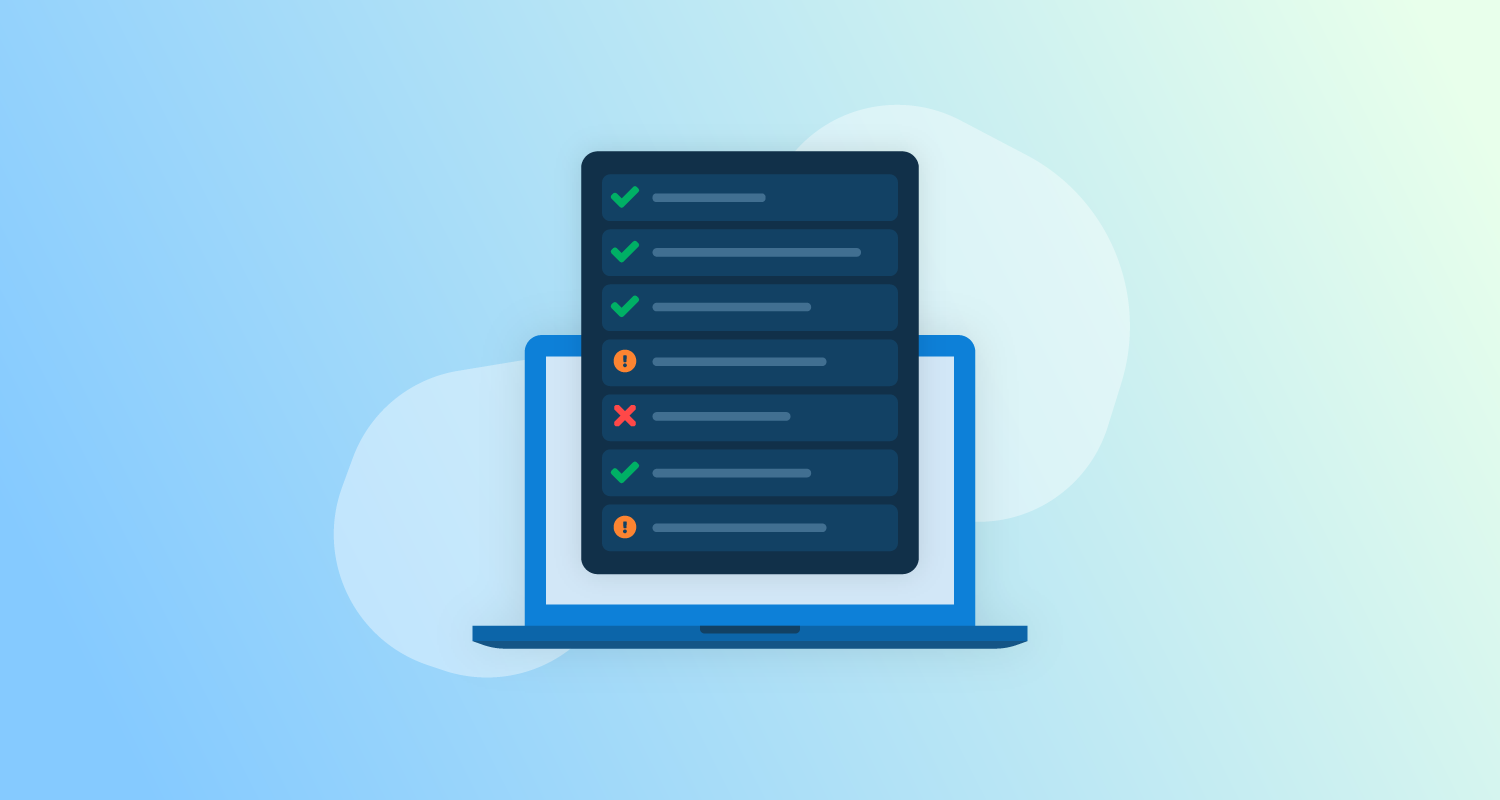What is a DevOps platform?
A DevOps platform integrates tools, processes, and people to improve software development and operations. It simplifies the delivery pipeline, automating tasks and enabling collaboration across development and operations teams, enabling rapid and reliable software updates.
These platforms typically support Continuous Integration, Continuous Delivery, infrastructure automation, and monitoring, ensuring that all components work together to achieve a stable and efficient production environment. They can break down silos between development and operations, fostering a culture of shared responsibility and continuous feedback.
By standardizing environments and processes, DevOps platforms minimize the risk of errors and inconsistencies, enabling teams to focus on delivering value through innovation and optimization.
Key features of DevOps platforms
A modern DevOps platform should include the following capabilities.
Continuous Integration and Continuous Delivery (CI/CD)
Continuous Integration (CI) is a development practice in which code changes are merged into a shared repository several times a day instead of being kept on a developer’s local machine or in a branch. Automated builds and tests catch issues early, and integration work is largely eliminated because small changes are more likely to merge automatically.
Continuous Delivery (CD) requires the software to be deployable at all times, with automated acceptance tests to prove this is the case. Teams practicing CD automate their deployment pipeline and prioritize build issues and test failures above writing new code.
A well-implemented CI/CD pipeline is crucial for agile development, allowing teams to focus on building features rather than managing deployments. This level of automation reduces manual errors, speeds up the delivery process, and ensures higher reliability in the final product.
Version control and collaboration tools
Version control systems help manage code changes and enable collaboration among developers. They help track revisions, manage conflicts, and maintain the integrity of the codebase. Popular tools like Git are integrated into many DevOps platforms, providing functionalities like branching, merging, and pull requests to enable collaboration and code review processes.
Collaboration tools built into DevOps platforms empower teams to work synchronously, regardless of geographical location. Features like project management and integration with issue tracking and messaging platforms allow for efficient communication and task coordination, reducing delays and miscommunications.
Infrastructure as code support
Infrastructure as code (IaC) is a practice where infrastructure configurations are written and managed as code. DevOps platforms equipped with IaC capabilities allow organizations to automate the provisioning and management of infrastructure resources. Tools like Terraform and AWS CloudFormation enable teams to define, deploy, and manage resources consistently across various environments, ensuring parity and reducing configuration drift.
Implementing IaC leads to improved consistency, reproducibility, and transparency of infrastructure management. It allows for versioned, audited, and tested infrastructure setups, enabling teams to roll back changes and experiment safely. This automation reduces time spent on manual configurations and improves reliability.
Monitoring and logging capabilities
DevOps platforms with integrated monitoring tools provide real-time insights into application performance, system health, and user experience. These platforms enable proactive issue detection, performance bottleneck identification, and comprehensive root-cause analysis, helping teams respond swiftly to potential disruptions.
Logging tools capture granular application and system-level metrics, offering detailed insights into the the application’s operational aspects. Collecting and analyzing this data allows for informed decision-making concerning performance tuning and capacity planning. This capability is vital for continuous feedback loops, allowing organizations to improve system reliability.
Security and compliance features
DevOps platforms embed security checks throughout the software development life cycle, integrating security tools that scan for vulnerabilities, enforce policy compliance, and manage access controls. Adopting a security-first mindset ensures that security concerns are addressed in the pipeline, minimizing risks without delaying releases.
Compliance features ensure that applications adhere to industry standards and regulatory requirements, automatically checking for anomalies and generating necessary reports. This integration of security and compliance aids organizations in maintaining trust and meeting obligations while efficiently managing resources.
Notable DevOps platforms
1. Octopus Deploy
Octopus Deploy is a sophisticated, best-of-breed Continuous Delivery (CD) platform for modern software teams. It offers powerful release orchestration, deployment automation, and runbook automation while handling the scale, complexity, and governance expectations of even the largest organizations with the most complex deployment challenges.
License: Commercial
Key features include:
- Reliable risk-free deployments: Define your deployment process once and use it across all environments so you can deploy to production with the same confidence you deploy everywhere else. Deployments at scale: Octopus is the only CD tool with built-in multi-tenancy support. You can deploy many customer-specific instances using the same deployment process.
- One platform for DevOps automation: You can use runbooks to automate operations tasks to remove toil. You can use runbooks to provide safe self-service operations to other teams.
- Streamlined compliance: Octopus has role-based access control, single-sign-on (SSO) as standard, and a complete audit trail to make audits a breeze.
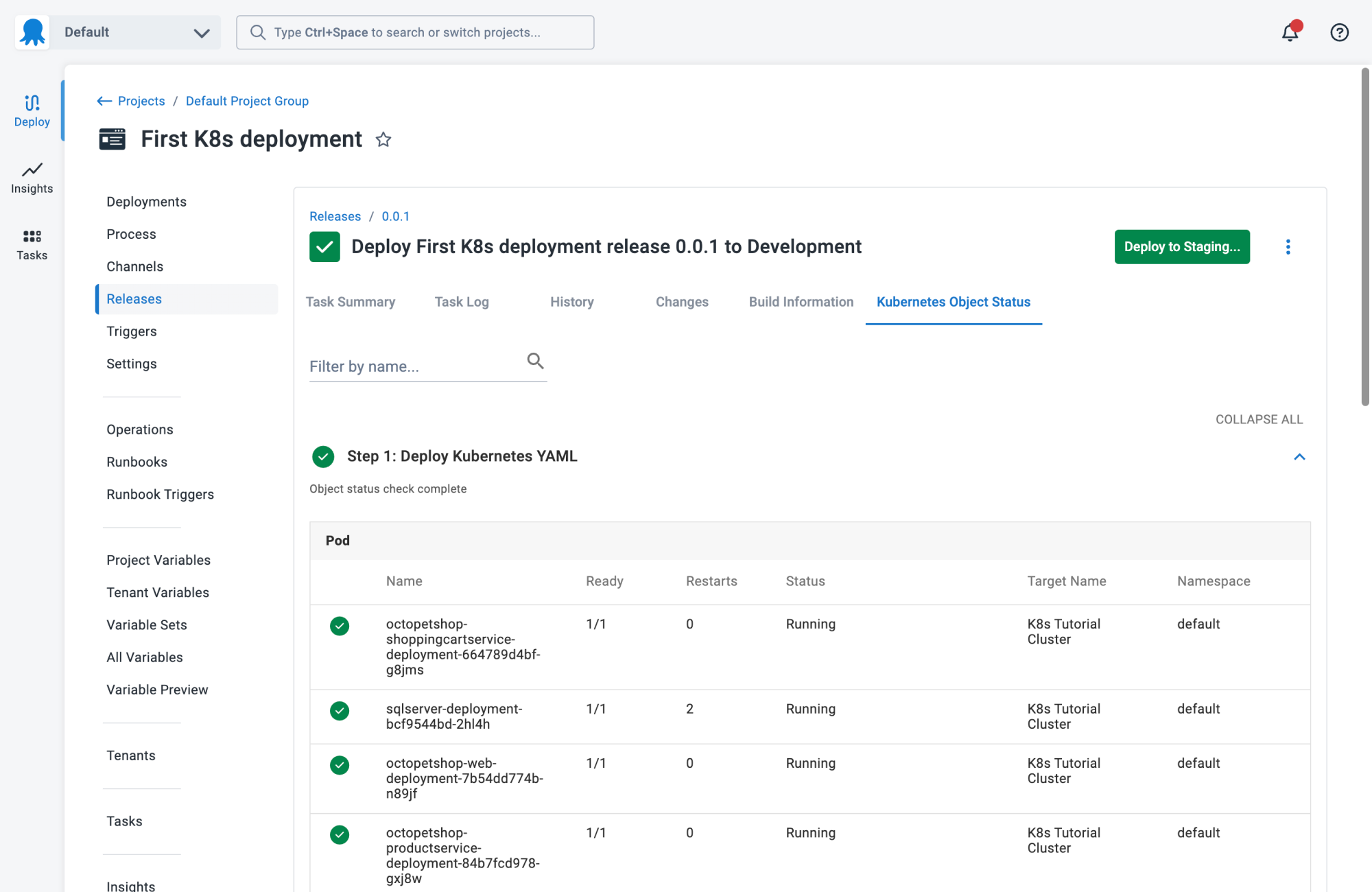
2. Codefresh
Codefresh is a cloud-native DevOps platform to simplify and improve CI/CD processes for Kubernetes and other cloud environments. It combines automation, various tools, and integrations to support faster, more reliable deployments. Built on GitOps principles and powered by Argo, Codefresh provides scalability, security, and performance.
Key features include:
- Performance optimization: Accelerates development with fast builds using build caching and parallelization.
- Deployment reliability: Mitigates risks with progressive delivery techniques, automated rollbacks, and deployment visibility.
- Efficiency through DRY pipelines: Promotes the “Don’t Repeat Yourself” (DRY) principle by offering reusable pipeline templates, inheritance, and extensible triggers.
- Cloud-native focus: Tailored for Kubernetes, it simplifies cloud-native deployments using GitOps methodologies, simplifying operations with tools like Helm and serverless capabilities.
- Integrations: Supports a range of tools via its step marketplace, enabling seamless workflows.
![]()
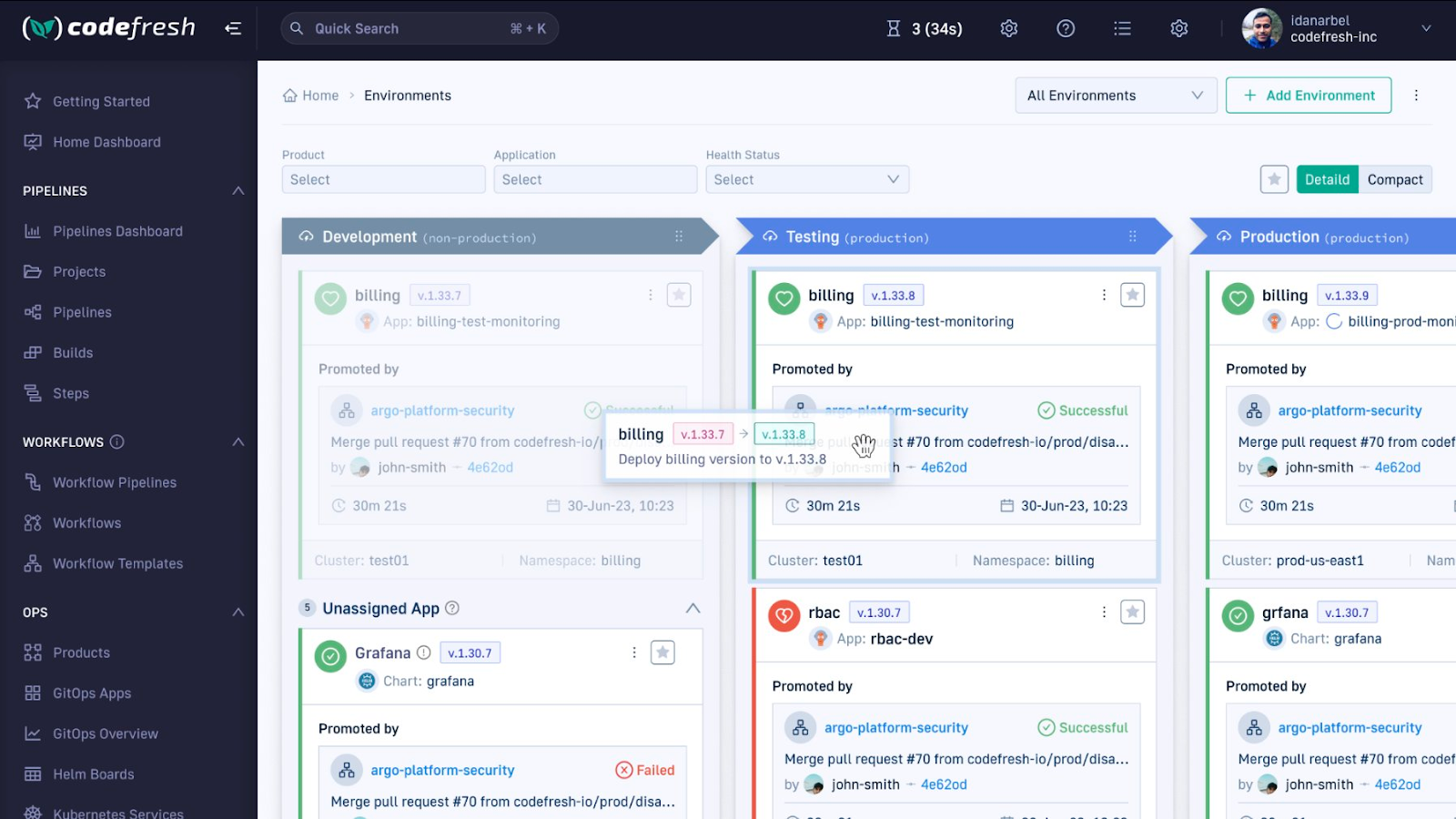
3. GitLab CI/CD
GitLab CI/CD is a unified platform that covers the entire software delivery pipeline. It combines Continuous Integration, Delivery, and Deployment into a single application. GitLab CI/CD aims to simplify software development workflows, accelerate releases, and improve team collaboration.
Key features include:
- End-to-end automation: Automates every step of the development lifecycle, from code commit to production.
- Built-in CI/CD templates: Preconfigured pipeline templates simplify setup, automatically building, testing, packaging, and deploying applications.
- In-context testing: Code changes automatically trigger comprehensive testing, including unit, performance, and security scans.
- Guardrails for safe deployments: Ensures deployment reliability with built-in guardrails like feature flags, progressive delivery, and automated rollback mechanisms.
- Transparency and continuous feedback: A single source of truth tracks pipeline status, performance metrics, and deployment environments.
![]()

Source: GitLab CI/CD
4. Harness
Harness is a DevOps platform focused on automating software delivery, infrastructure management, and experimentation. It enables teams to deliver reliable applications while minimizing manual effort and deployment risks.
Key features include:
- Continuous Delivery & GitOps: Automates deployments across multi-cloud, multi-region, and multi-service environments.
- Continuous Integration: Speeds up builds and supports major programming languages, operating systems, and source code repositories.
- Feature management and experimentation: Allows teams to release features using feature flags connected to impact data.
- Infrastructure as code management: Simplifies and automates IaC workflows, improving collaboration and reducing errors.
- Chaos engineering: Helps validate application resilience with over 150 pre-built or customizable failure scenarios embedded directly into pipelines.
![]()

Source: Harness
5. Azure DevOps
Azure DevOps is a suite of development services to improve team collaboration, simplify workflows, and accelerate software delivery. With tools for planning, coding, testing, and deployment, Azure DevOps supports teams throughout the development lifecycle.
Key features include:
- Azure Boards: Helps users plan and track work using configurable Kanban boards, interactive backlogs, and advanced planning tools.
- Azure Pipelines: Builds, tests, and deploys applications continuously with a CI/CD system that supports any language, platform, or cloud.
- Azure Repos: Helps teams collaborate on code with unlimited, cloud-hosted private Git repositories.
- GitHub security for Azure DevOps: Secures the software development process with tools that detect vulnerabilities early, enforce security policies, and ensure compliance from code inception to deployment.
- Azure Test Plans: Enhances software quality with manual and exploratory testing tools.
- Azure Artifacts: Creates, hosts, and shares packages securely across teams.
![]()

Source: Microsoft
6. AWS DevOps
AWS DevOps provides a set of tools and services to simplify software delivery, automate workflows, and manage infrastructure efficiently. Integrated with the AWS ecosystem, it supports the entire software development lifecycle, enabling teams to build, test, and deploy applications.
Key features include:
- Continuous Integration and Delivery (CI/CD): AWS CodePipeline automates release workflows, AWS CodeBuild manages builds and testing, and AWS CodeDeploy automates deployments to AWS or on-premises environments.
- Microservices support: Amazon ECS simplifies container management for Docker-based applications, while AWS Lambda enables serverless computing for event-driven architectures.
- Infrastructure as code (IaC): AWS CloudFormation uses templates to provision consistent infrastructure, AWS OpsWorks leverages Chef for configuration management, and AWS Config tracks changes and ensures compliance for resources.
- Monitoring and logging: Amazon CloudWatch provides real-time monitoring for applications and infrastructure, AWS X-Ray traces and debugs distributed systems, and AWS CloudTrail tracks API activity for security and governance.
- Version control: AWS CodeCommit offers secure, scalable private Git repositories that integrate with existing Git tools and support source code and binary storage.
![]()
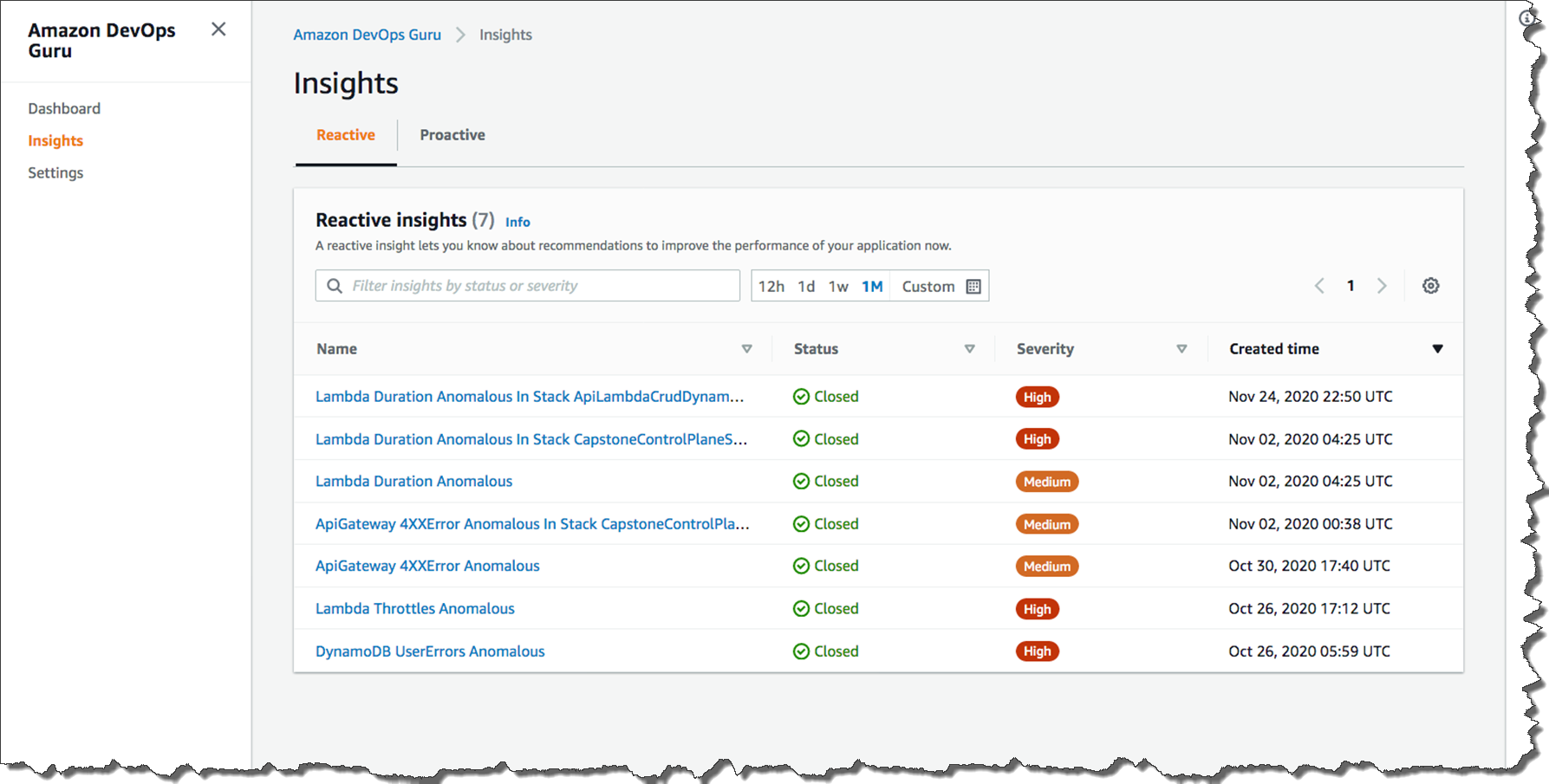
Source: Amazon
7. Bitbucket
Bitbucket is a Git-based code hosting and collaboration platform, providing built-in CI/CD capabilities through Bitbucket Pipelines. This feature allows teams to automate code building, testing, and deployment workflows directly from their repositories.
Key features include:
- Integrated CI/CD pipelines: Automates builds, tests, and deployments directly from the repository with a simple YAML file for pipeline configuration.
- Customizable workflows: Supports parallel builds, caching, and environment variables, enabling teams to tailor pipelines to their needs.
- Pre-built integrations: Offers native integrations with Jira, Trello, and other Atlassian tools, streamlining project management and task tracking.
- Security and compliance: Provides IP allowlisting, branch permissions, and deployment access control to secure workflows.
- Docker support: Simplifies container-based development with built-in Docker support for creating and deploying containerized applications.
![]()
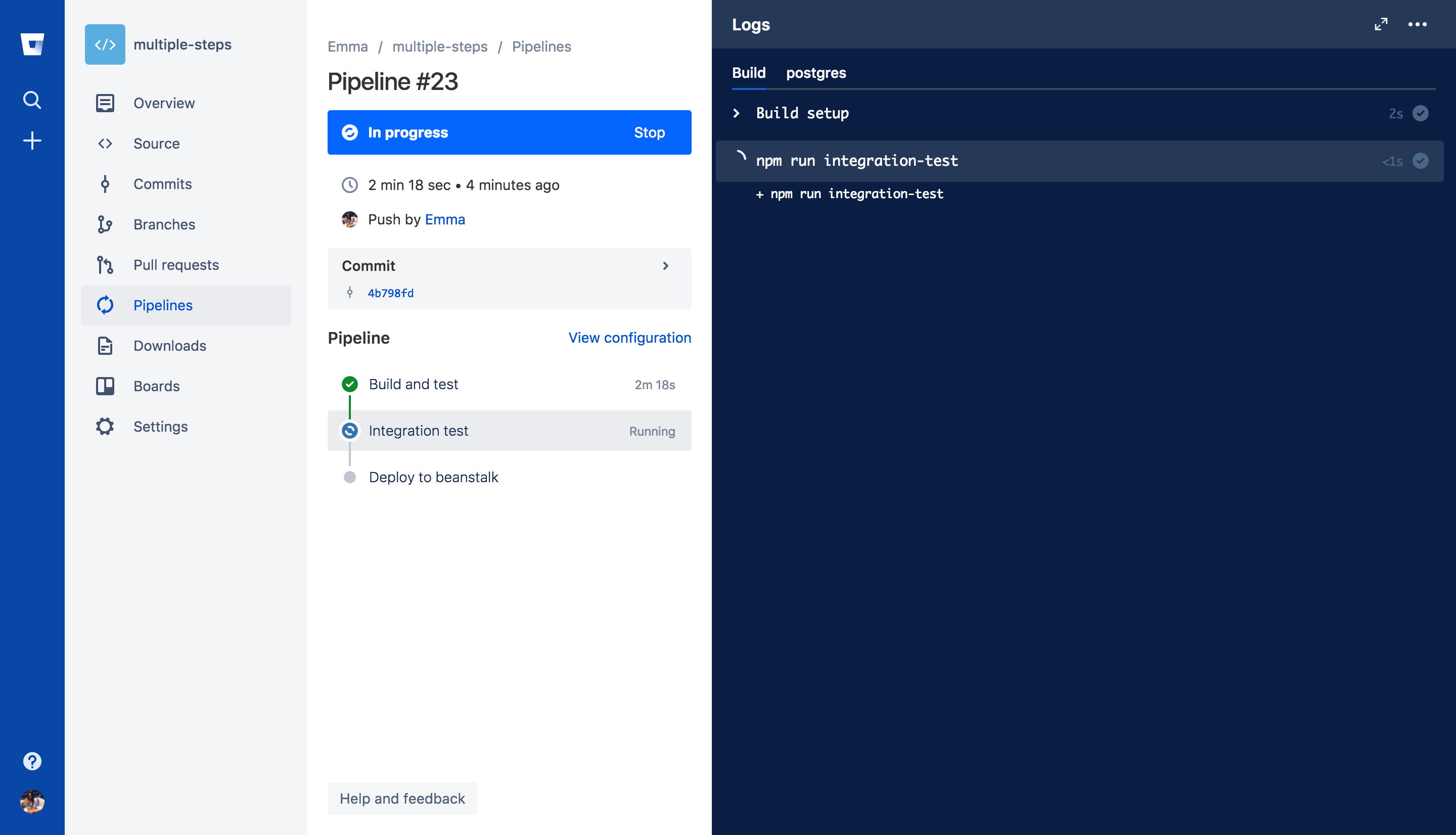
Source: Atlassian
8. Google Cloud Build
Google Cloud Build is a fully managed CI/CD platform that enables developers to build, test, and deploy applications quickly and reliably. As part of Google Cloud, it offers various integrations with Google services and supports a range of environments.
Key features include:
- Customizable build pipelines: Enables developers to define workflows using a simple YAML configuration file.
- Scalability and performance: Supports parallel builds and caching for efficient resource usage and faster build times.
- Multi-environment support: Builds and deploys applications to Kubernetes, serverless environments, or virtual machines.
- Built-in security: Includes vulnerability scanning for container images and integrates with Binary Authorization for secure deployments.
- Integrations: Works with GitHub, GitLab, and other version control systems, along with Google Cloud services like Artifact Registry and Cloud Storage.
![]()
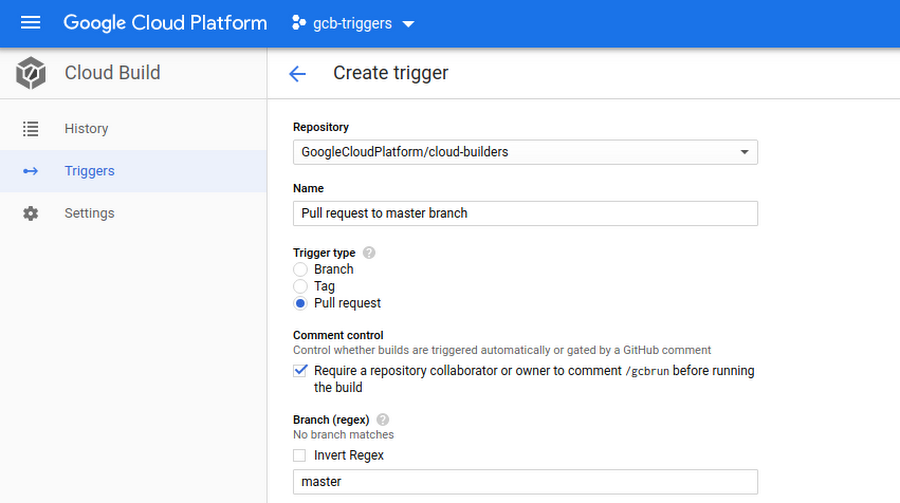
Source: Google Cloud
Conclusion
DevOps platforms aid in simplifying the software delivery lifecycle by integrating automation, collaboration, and monitoring into a unified ecosystem. By adopting these platforms, organizations can accelerate releases, improve software quality, and maintain reliable infrastructure. Their ability to align development, operations, and security fosters a culture of continuous improvement, enabling teams to focus on innovation.
Help us continuously improve
Please let us know if you have any feedback about this page.

